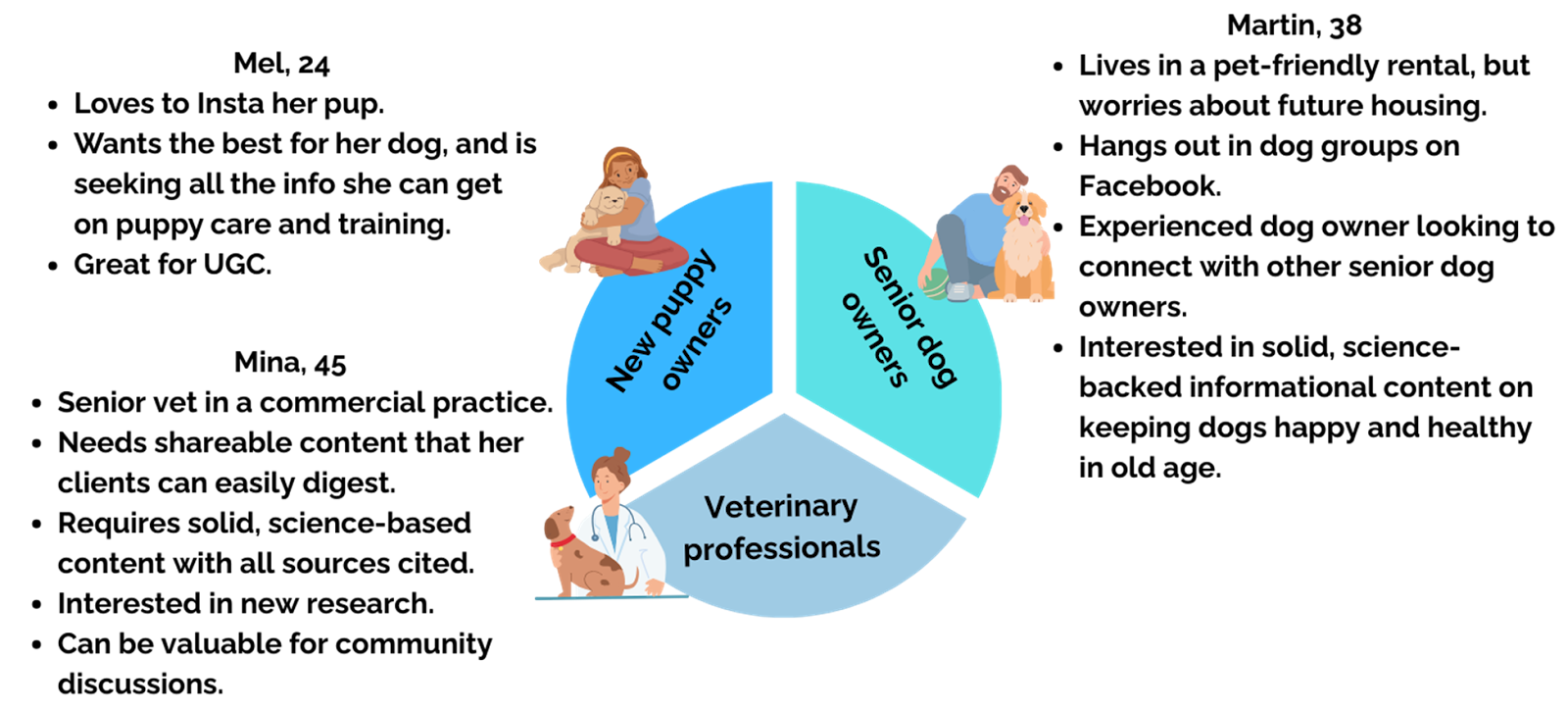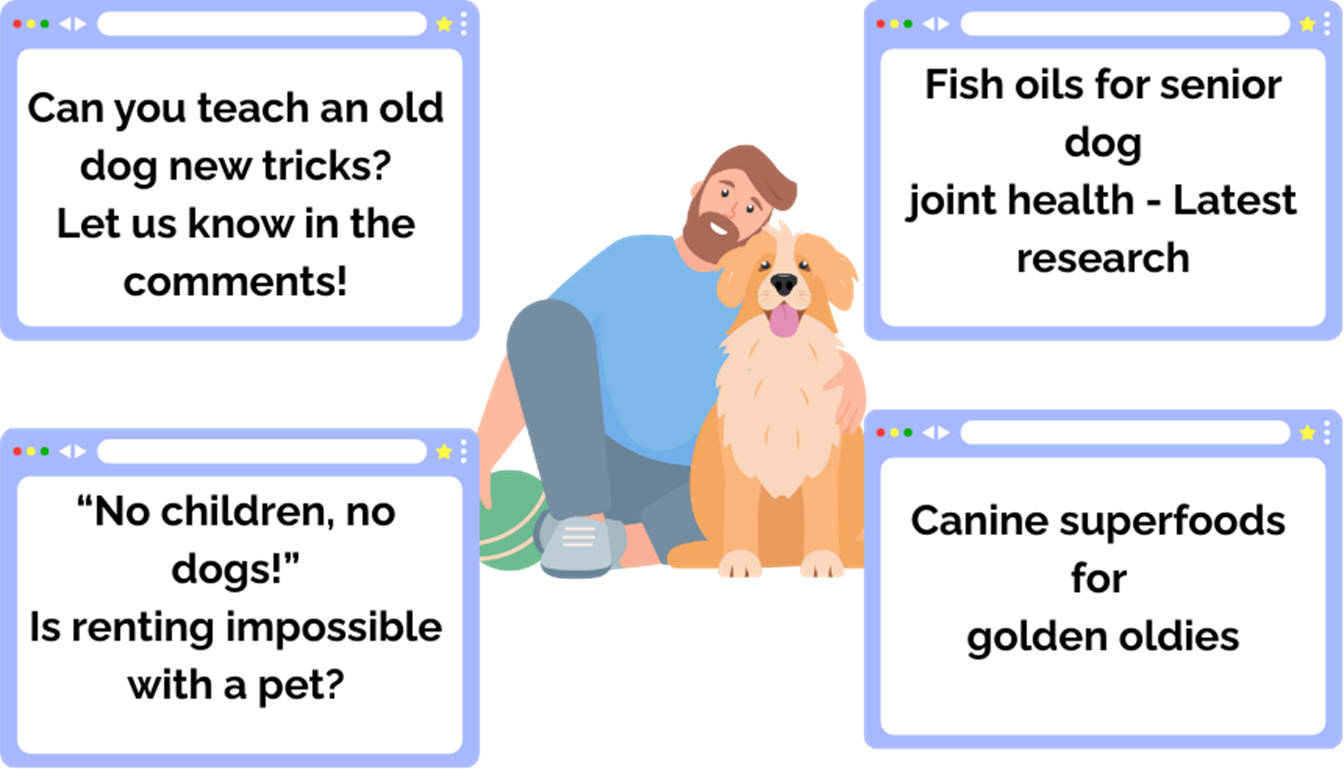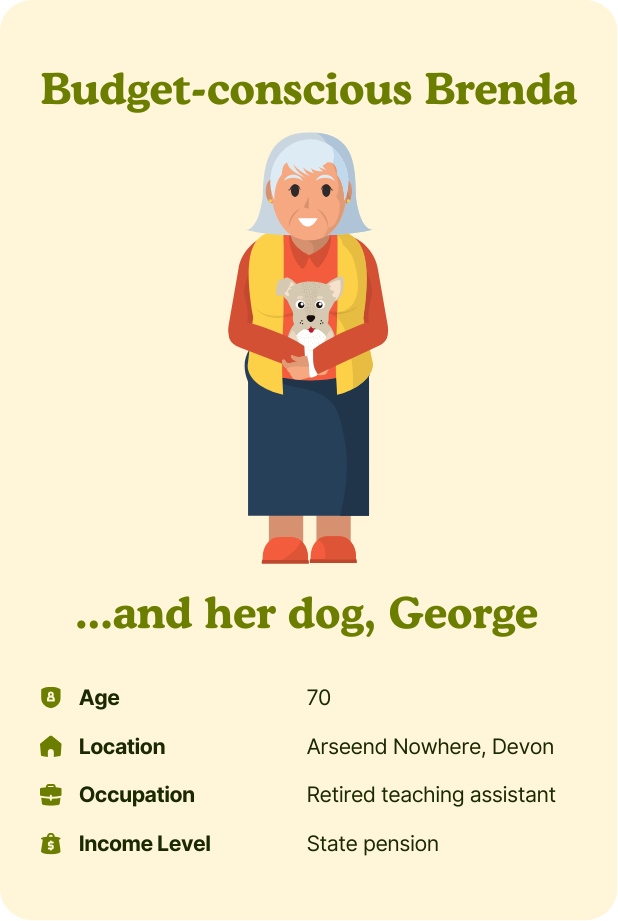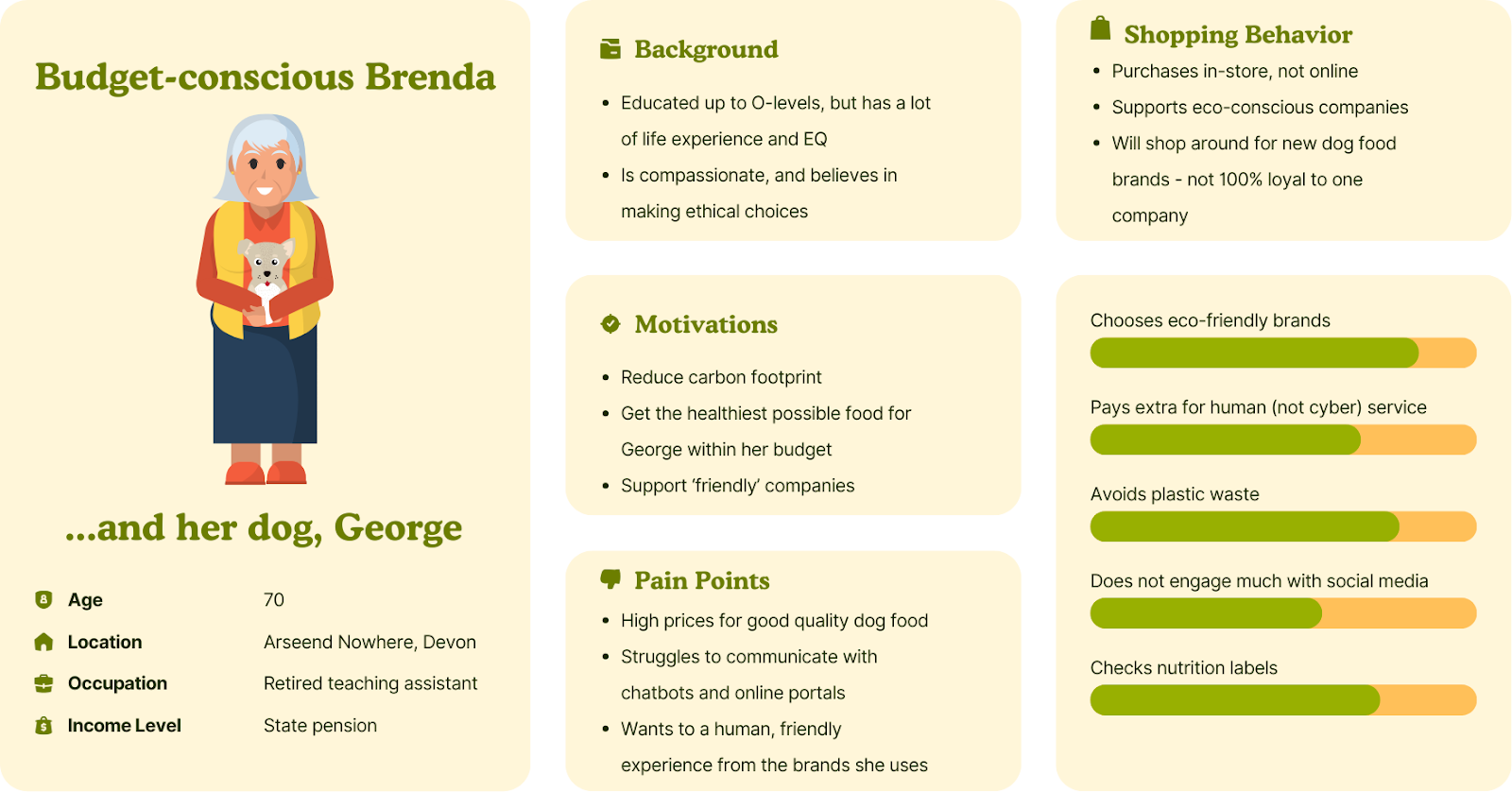Did you have an imaginary friend when you were little? Do you love creating characters in your head and populating their lives with fun personality quirks and backstories? If so, you have a great career ahead of you in persona-building.
A customer persona is a profile of an ‘imaginary’ (but typical) customer that helps businesses to understand their customer segments. This kind of enhanced understanding helps to target products and content on a more useful, human level. A good persona can be the difference between a marketing campaign that hits all the right notes, and one that fails dismally.
Creating personas can be a lot of fun – but it’s also a bit of an art. It’s not simply a case of chucking together a bunch of characteristics and giving them a name. There are a lot of important things to consider – and what you leave out can be as important as what you put in.
Let’s take a closer look:
Why are personas important?
Let’s start with a brief runthrough of why customer personas are important. For a deeper dive on this, we’ve got an article here on pinning down your ideal customer. But if you’re not a multi-tabber, here’s a very quick precis:
Let’s say you have a dog food company. Seems simple, right? Make food, sell it to dog owners, job’s a good’un.
Except that no dog and no dog owner are alike. People expect all kinds of different things from the food they buy their pet, and they respond to all kinds of different content. Here are just three different customer segments who might buy or recommend your product, plus a brief customer persona for each:

(UGC stands for User Generated Content)
By creating a persona – even a very brief persona – for each customer segment, you make it much, much easier for yourself to empathise with those customers. Which in turn makes it easier to create content for them. For example, here’s the kind of content you might make for ‘Martin’:

While on the face of it it may seem weird to be talking to an imaginary persona, it’s actually fairly simple psychology: humans communicate best with other humans – even when those humans are imaginary. When you get right down to brass tacks, marketing is all about communication. By giving yourself personas to communicate with, you’ll automatically put yourself into a more natural ‘talking to another person’ mindset, which will in turn boost the quality of your content before you even start typing.
So, that’s why personas are important. Now, how do you build one?
Well, the first step is segmentation, which is a whole article in and of itself. In fact, we have one here. Go take a look. TL:DR (Too long: didn’t read) – it’s all about gathering data to help you group customers according to common characteristics, interests, behaviours etc. As we’ve already covered that, we’re going to assume here that you’ve already got the needful data at your fingertips, and go more into the practicalities of how you turn that data into meaningful personas:
Turning customer data into customer personas
1. Give them a name
Names humanise everything, from pets to hoovers (looking at you, Henry).

That’s why IKEA names all of their products. Sure, you could leave a random desk there and go home. But Micke? Can you leave dear, sweet Micke to languish in the IKEA warehouse? Don’t be silly.
You want to feel empathy for your personas. You want to like them. Believe it or not, liking your customers is pretty important for good business. So, give your personas a name that’s realistic for who they are but also helps you to feel empathy for them. If it helps, you can append a crucial characteristic to their name – ‘Budget-conscious Brenda’, for example, or ‘Luxury-loving Lucy’.
2. Add a picture
Again, this is that psychology thing. It helps to have an idea in your mind of what your imaginary people look like when you’re talking to them. You don’t have to get too detailed (although you can if you want to – fire up the Sims 4 and go mad in Create a Sim if you must). The important thing is that the image in your head is relatable enough to ‘talk’ to when you’re creating content.
Here, for example, is Budget-Conscious Brenda (and her dog, George).

You could use the wonderful tool of Canva to help you create images like this. Or, actually, AI might be helpful to give your customer personas a face.
3. Use the data
Now it’s time to put that data to work. Fill out the demographic, behavioural, geographical etc information for your customer personas.

So, now we can see Brenda’s situation at a glance. Send any freelance content creator just this much of Brenda’s profile and they’ll have a pretty good idea of how to angle their content. But wait – we can get to know Brenda even better than this!
4. Get deeper into your persona’s wants, needs, and background
Again, you can just dip a toe into your customer persona’s ‘life’, or you can go into reams and reams of detail. It’s up to you. The important thing is that all the information you add to your personas is relevant and pertinent.
For example, there’s no point telling your writer that Brenda blew her savings on a boob job in her forties if that knowledge isn’t useful for content purposes. Adding too much irrelevant detail will make it hard for your people to pick out the important points that help them angle their approach to Budget-Conscious Boob-Job Brenda’s needs.

As you can see, all the information in this persona will help your dog-food brand to pitch content, ingredients, promotions etc specifically for Brenda.
5. Use the persona to create content
Now it’s time to put your customer personas to work, and use them to create and target content that will get results from each of your imaginary people (or, rather, from the customer groups that they represent).
For example, we see that Brenda doesn’t have a lot of brand loyalty. We also see that she is highly motivated to get the healthiest possible food for George on her limited budget. So, a canny marketer might set up a campaign that emphasises how healthy their dog food is and offers discounts to pensioners. They might also advertise this promotion on packaging, billboards, and television adverts, as Brenda’s profile shows that she doesn’t engage much with online advertising.
Then keep it up. Whenever you write a blog post, design a page, or craft copy, go back to your personas and ask yourself “What would Brenda think of this?”
6. Monitor and update
Brenda may have spent her whole life working in primary schools, but most customer segments change in significant ways on a regular basis.
The young adults who needed cheap and cheerful treats for their pups grow into professional grownups who want premium organic food for Fluffy and Fido. The Gen Zs who found you on Snapchat move onto TikTok and stop seeing your cute doggy snaps. So, it’s important to keep collecting data on your segments, keep researching their needs and pain points, and keep updating their personas accordingly.
One day (sadly) you may have to retire Brenda entirely, and replace her with a new persona that more accurately reflects her segment data. You can get surprisingly attached to personas over time – our writer has known brands to hold ‘leaving parties’ for retired personas, complete with cardboard cut-out of the persona and emotional speeches. Whether or not you go this charmingly crazy is, of course, entirely up to you.
Knock your personas’ Sox off
If you need help using your personas to create a digital web presence that works, we’re all ears. Give us a shout today for free advice on how to take the next steps in your digital business journey.

